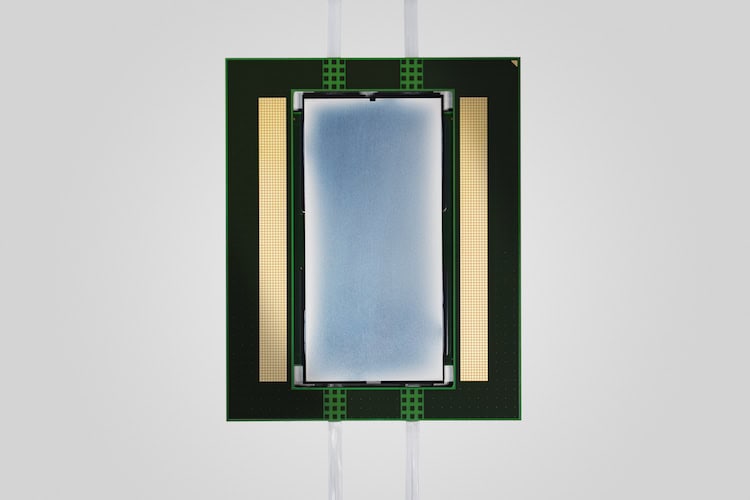Physicsworld
3w
140

Image Credit: Physicsworld
Photonic computer chips perform as well as purely electronic counterparts, say researchers
- Researchers from Singapore and the US have developed new photonic computer chips that rival electronic chips' performance, integrating with traditional silicon electronics and offering energy-efficient solutions for AI applications.
- Traditional electronic computer development based on Moore's law and Dennard scaling is struggling to keep up with the complexity of AI systems, prompting exploration into light-based computation using photons for faster and more efficient operations crucial for AI tasks.
- The Singapore-developed hybrid photonic-electronic system, PACE, performs matrix MAC operations efficiently by encoding data elements as binary intensities of light and utilizing optical weight modulators for multiplication and accumulation, achieving swift computation and solving optimization problems effectively.
- Meanwhile, researchers at Lightmatter in the US have created a photonic processor capable of executing neural network tasks with high integration, offering speed and energy efficiency advantages in complex AI models like ResNet and BERT, as well as reinforcement learning algorithms.
- Both teams utilized standard CMOS processing techniques for fabricating their chips, enabling scalability and manufacturability. The integration of photonic components with electronic systems marks a significant advancement in post-transistor computing, potentially leading to new computing models and applications.
- These developments in photonic computer chips could inspire algorithm developers to leverage the low latency and unique benefits of photonic computing for exploring new system architectures and applications based on integrated photonics circuits.
Read Full Article
8 Likes
For uninterrupted reading, download the app